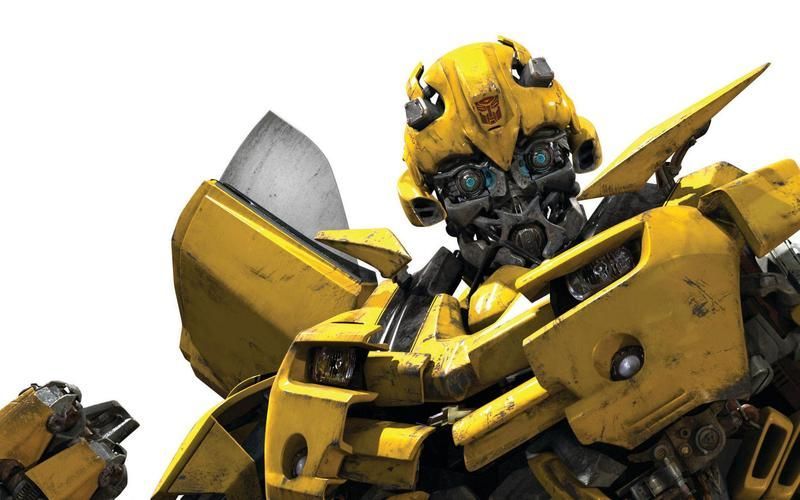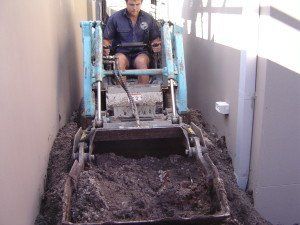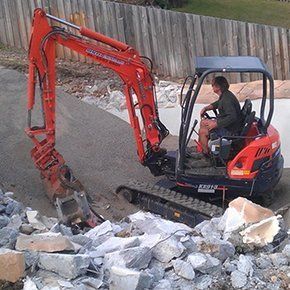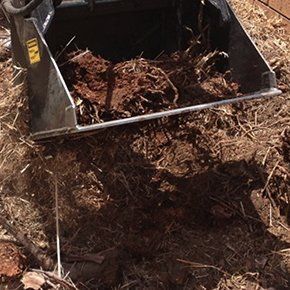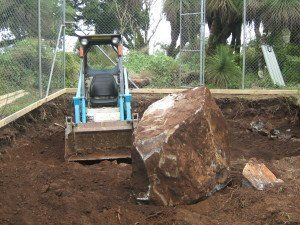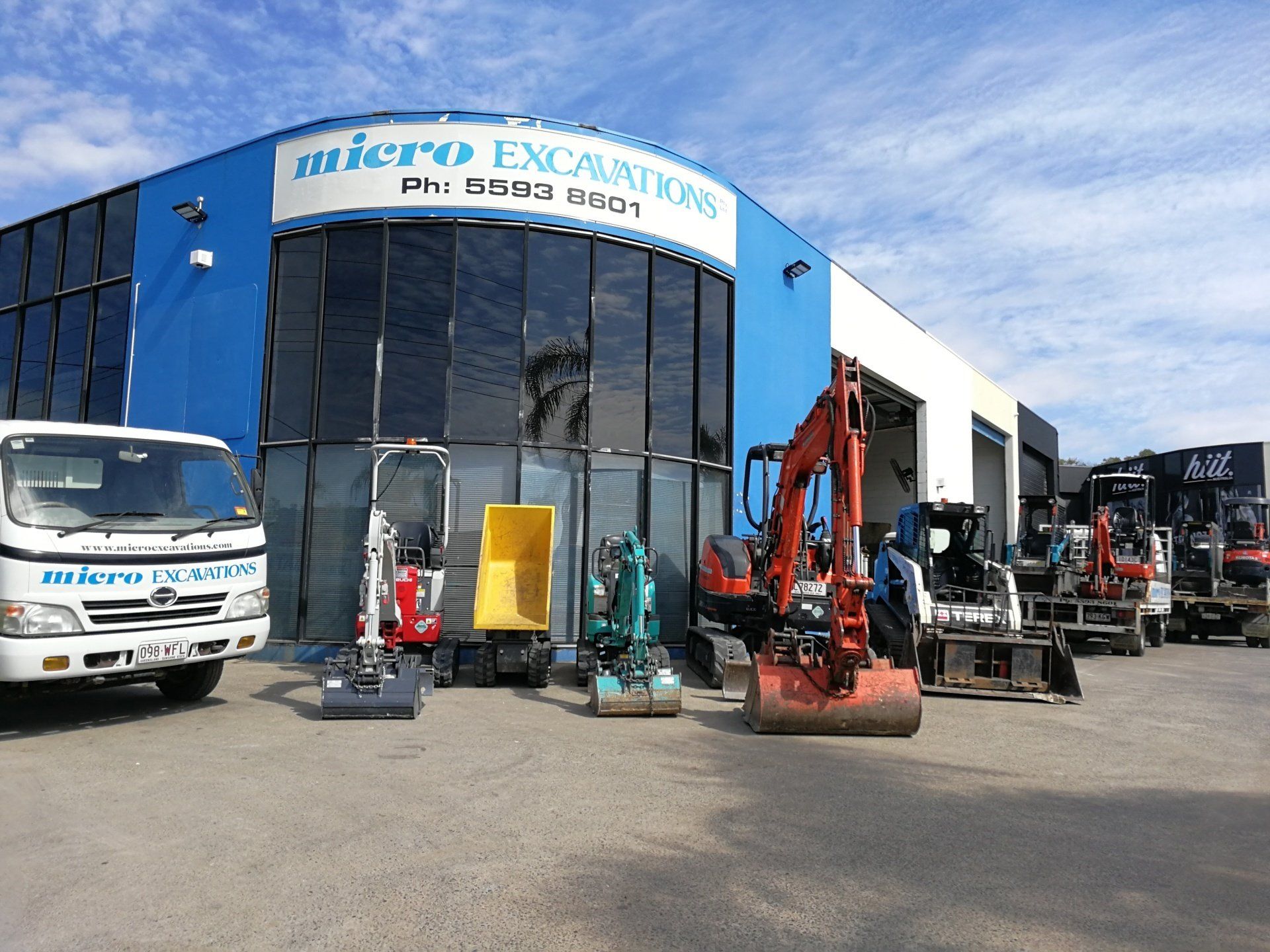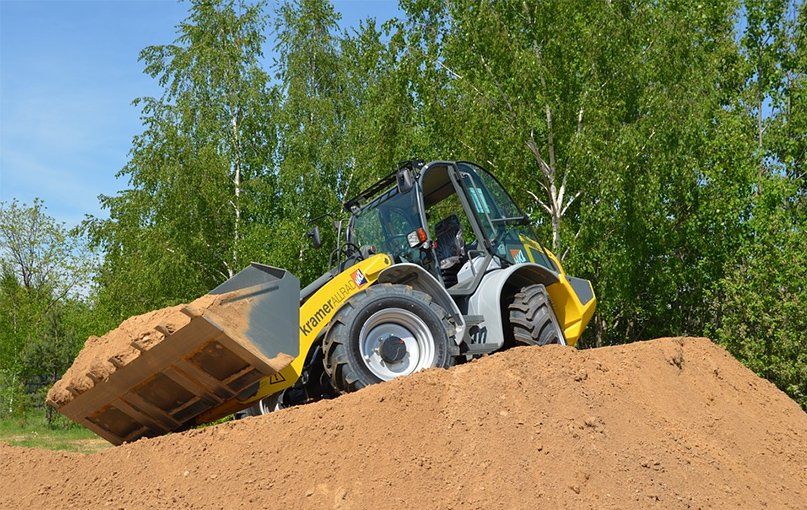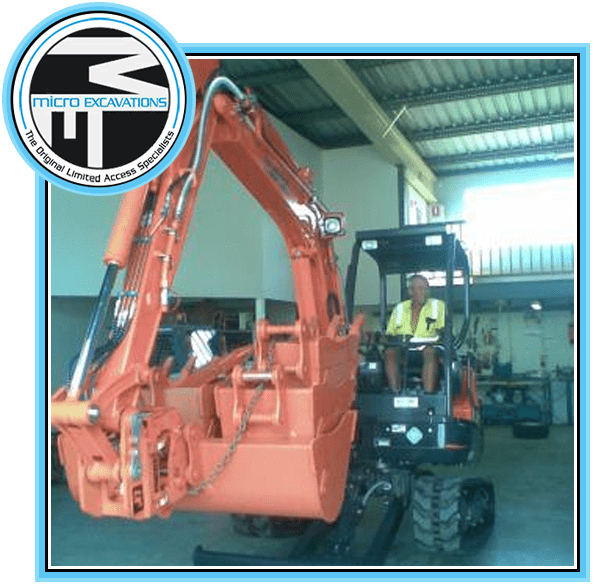Bobcat hire and the things you need to know!

Skid steer loaders (colloquially known as bobcats) have probably helped more builders, developers and home owners with concrete slab preparation, garden makeovers, lawn preparation, and tidy ups than you would care to imagine but that’s not all they can do. Firstly though lets talk about the importance of access; with bobcats size does matter and while there are no hard and fast definitions, as a general rule there are micro bobcats, mini bobcats and standard bobcats.

Micro Bobcats tend to be less than 1300 mm wide, mini bobcats 1300 mm up to 1750 mm wide and the standard is usually anything wider than that. The larger bobcats can also be classified upon engine size and lift capacity. Although in Australia the average bobcat is about 1600mm wide and on average can lift about 800kg typically these are classified as mini machines.
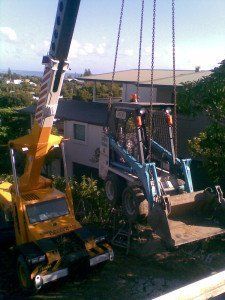
So access is important, you must measure the narrowest point the machine has to get through, you need enough room to manoeuvre around down pipes, sewer inspection points, air conditioning units, meter boxes, taps and any other protrusions or obstacles potentially in the machines’ path, and don’t forget these machines are at least 1800mm high and 2.5 metres long so getting around corners, through doors, and under structures can be a challenge too.
Often smaller machines are quicker purely because they can manoeuvre around the yard, along fence lines, garden beds whilst carting dirt to and fro or removing waste. Many people forget why they are called ‘Skid Steers’; it’s because in order to steer they have to slide or skid; this creates a lot of friction and generally the tread of the tyres cause a ripping effect on grass and dislodges any loose surface such as soil or paving, it will leave rubber marks on concrete and tiled surfaces. We recommend laying sheets of plywood or hard plastic over any areas that you need to protect this also spreads out the weight of the machine eliminating compaction of the soil and leaving wheel ruts.
Skid Steers also have two distinct styles; ‘wheeled loaders’ and ‘tracked loaders’. The wheeled loader is by far the most common and has the ability to do most work put in front of it, however, the tracked loader can work on surfaces and terrain that would see its’ wheeled counterpart get bogged or slide off the side of a hill. The tracked loader presents much less ground pressure with the weight of the machine being spread over the length and width of the tracks, whereas the wheeled bobcat has all of its’ weight concentrated on the four points that are touching the ground.

The tracked loader is invariably a much more expensive machine to buy and maintain, so you can expect to pay more to hire it. These machines travel easily over sand and soggy ground whereas the wheeled bobcat often buries itself or just sinks. The tracked machine will still have an impact on your lawn and will leave marks on concrete surfaces as it still has that ripping effect that comes with the skid steer principal of operation.
So when thinking about any earthworks it is important to have a plan, call ‘dial before you dig’ and expect that cables and services are often not where they are supposed to be. I can’t tell you how many times I have been told there is nothing in the area we are working in and we find a mains water line or cable hiding in the garden bed or stuck to the bottom of the concrete slab we’re pulling up.
This is why our operators are happy to come out, listen, look, provide advice and work out the best and most cost effective way to achieve your desired result. There is no point doing the front yard with gardens and turf then in 2 months time you want to do the backyard or dig a pool; as the machinery will damage all the new turf you have just put down.

Aside from its’ four in one bucket, there are numerous attachments available for bobcats such as chain trenchers, spreaders, augers, sweepers and profilers, each one specifically designed to increase the versatility of these machines. For the average home-owner, the bobcat would be used to clear old plants/garden beds, rubbish and green waste to make way for home extensions or more modern landscaping. Bobcats are often used in conjunction with an excavator to remove concrete driveways and paths or to carry out spoil and load a truck. The bobcat operator is often tasked at getting the desired sub-grade millimetre perfect to attain correct fall or maintain a perfect level.
When all the digging, pushing, filling and leveling is done it’s often left to the bobcat to tidy up and ready the area for turf or fresh landscaping; Micro Excavations tracked loaders are fitted with tilt buckets to work on hill sides and maintain even the slightest grade.
Here’s a video of our PT30 Positrack (Tracked Loader) at work.


